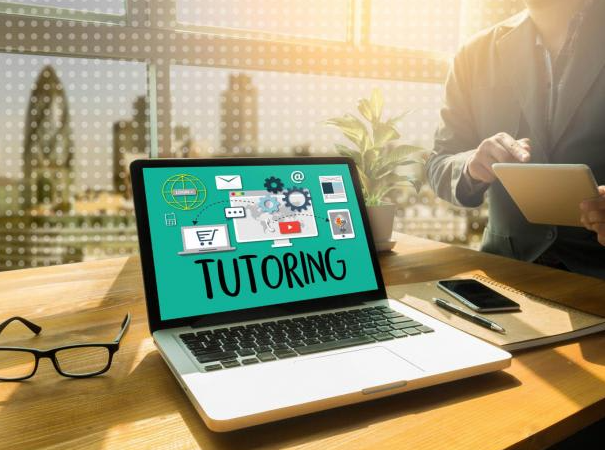Notifications

6 minutes, 20 seconds
-23 Views 0 Comments 0 Likes 0 Reviews

Education has always been about passing knowledge from one generation to the next. For centuries, this happened face-to-face—in physical classrooms with chalkboards, desks, and instructors guiding students through lessons. But over time, the way we learn has changed dramatically. The rise of technology, especially in the last few decades, has reshaped education in ways few could’ve predicted. One of the most notable shifts has been the growth of online tutoring services.
For a long time, education was tied to physical space. Think old-school classrooms, dusty textbooks, and teachers writing notes on the blackboard. Students had to show up at a set time, in a specific place, to learn. Everything was based on direct instruction and group learning. This setup worked well for many, but not all.
Students who needed more time or individual attention often got left behind. Others were bored waiting for their peers to catch up. It was efficient for delivering the same material to a large group—but not for meeting individual needs.
By the late 20th century, things began to shift. Computers entered classrooms, followed by the internet. At first, they were used for research or educational games. But soon, schools and teachers started experimenting with new formats. Email made it easier to connect outside of class. Educational software allowed students to move at their own pace. Still, learning was mostly tied to the classroom.
Then, with the growth of high-speed internet and better computers, the doors opened to something bigger—remote learning. Students could now access lessons, videos, and assignments online. And this was just the beginning.
Online tutoring services started gaining serious traction in the early 2000s. At first, they seemed like a convenience—great for test prep or quick homework help. But over time, they became a lifeline for students needing extra support.
The big shift happened during the COVID-19 pandemic. With schools closed and classrooms moved online, students everywhere had to adjust. And suddenly, online tutoring wasn’t optional—it was essential. Families turned to these services for help with everything from math problems to writing essays to preparing for final exams.
What made online tutoring services stand out was their flexibility. Students could connect with tutors from anywhere in the world. Sessions could happen after dinner, on weekends, or whenever a student felt stuck. It wasn’t just about convenience—it was about access.
Students in rural areas, those with disabilities, or those juggling part-time jobs found online tutoring to be a game changer. They weren’t bound by distance or school schedules anymore.
Online tutoring works because it meets students where they are. Whether a student needs regular help or just a one-time session, these platforms offer support that feels more personal than sitting in a crowded classroom.
Most online tutoring services use tools like video calls, shared whiteboards, and file sharing, making sessions interactive and easy to follow. Students don’t just get answers—they learn how to think through problems, build skills, and stay motivated.
Plus, there’s a wider variety of tutors available online. Need a calculus tutor at 9 PM? Looking for someone who speaks Spanish or has experience with learning differences? You’ll likely find someone who fits the bill online, way faster than through traditional means.
Education has come a long way—from the strict rows of desks in traditional classrooms to the freedom of learning from your bedroom. But this evolution doesn’t mean the old way was wrong. It means we now have more options.
Online tutoring services have opened up a new path—one where learning is more accessible, more adaptable, and more student-focused. As technology continues to improve, this method of learning will only become more refined and more popular.
Even as classrooms return to normal, online tutoring isn’t going anywhere. In fact, many schools now blend both methods—using in-person instruction during the day and online tutoring to reinforce lessons after school.
The journey from chalkboards to digital whiteboards reflects more than just a shift in tools. It shows how education has adapted to meet the changing needs of learners. And as students continue to face new challenges, online tutoring services will remain a powerful part of the educational toolkit—offering support, encouragement, and a whole lot of flexibility.

